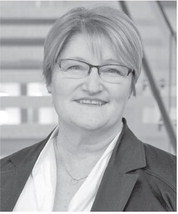Rural areas remain at risk of COVID-19 surge


Rural America cannot afford to be lulled into a false sense of security.
That is the message from Dr. Lisa Dodson, dean of the Medical College of Wisconsin�...


Rural America cannot afford to be lulled into a false sense of security.
That is the message from Dr. Lisa Dodson, dean of the Medical College of Wisconsin�...